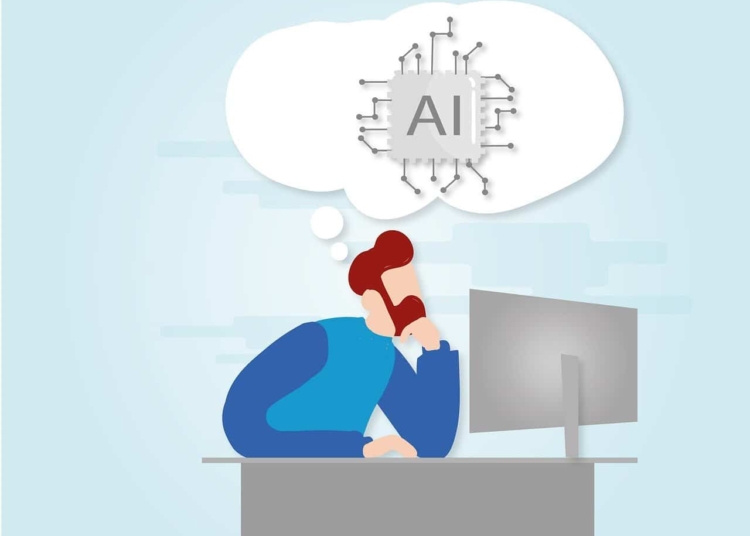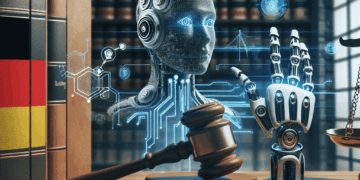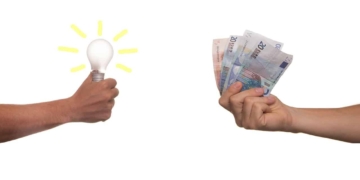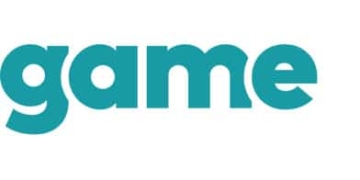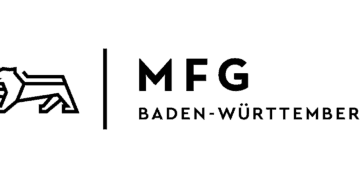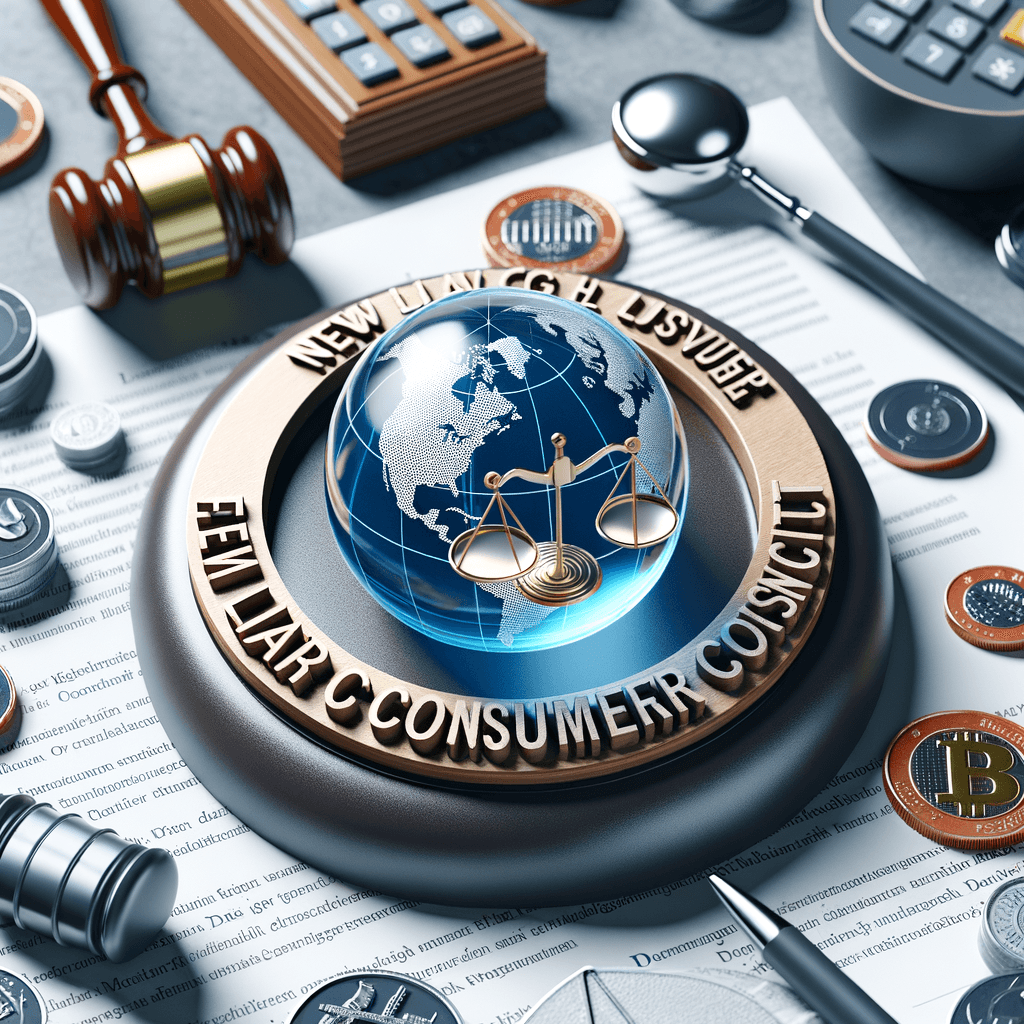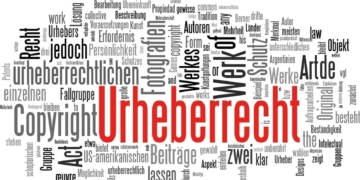Introduction
In a previous article, “Artificial Intelligence and Copyright: Implications and Risks for Game Developers,” I discussed the legal challenges and opportunities that arise from the use of artificial intelligence (AI) in game development. Today, inspired by a recent request from a client, I would like to expand on this theme and clarify that these considerations generally apply to all users of AI results.
The key question we must ask is whether an AI-generated work that resembles an existing copyrighted work can be considered copyright infringement. This issue is not limited to the field of game development, but affects a wide range of industries and applications, from text generation to image creation to music composition.
It is undeniable that AI will play an increasingly important role in the future. AI’s ability to efficiently complete complex tasks and generate new, innovative solutions makes it an indispensable tool in many fields. Companies that choose not to use AI risk falling behind their competitors.
Nevertheless, one must not close oneself to the entrepreneurial and legal risk. The use of AI also poses risks, particularly with regard to copyright. It is therefore important that companies using AI are aware of these risks and take appropriate measures to minimize them. This may include obtaining legal advice, customizing contracts, and carefully documenting the use of AI.
Balancing the benefits of AI with minimizing the associated risks is a challenge that any company using AI must overcome. It is an ongoing process that requires careful planning and constant monitoring. But with the right strategy and resources, it can be possible to reap the benefits of AI while minimizing the risks.
Incidental similarities and copyright infringements
It is important to understand that a work created by an AI that happens to be very similar to an existing work could well constitute copyright infringement. This applies regardless of whether it is a text, a picture or a piece of music. However, it is often difficult to prove such cases because the AI does not intentionally try to copy the existing work, but generates the result randomly.
It is also important to note that such coincidental similarities can occur not only when AI is used, but also when freelancers work or by pure chance. In such cases, whether or not copyright infringement has occurred often depends on a balancing of the courts.
With regard to the legal basis in German copyright law, Section 16 UrhG is particularly relevant. This paragraph regulates the right of reproduction, i.e. it prohibits the unauthorized reproduction, distribution or making available to the public of a copyrighted work. This could also apply to AI-generated works that are very similar to an existing work.
Furthermore, in some cases, so-called “slavish imitation” could also be relevant. This term refers to a detailed reproduction of a work that is so accurate that it matches the original work in its individual character. Even if slavish imitation does not necessarily constitute copyright infringement, it can still have legal consequences, especially if it leads to a likelihood of confusion.
Despite all precautions, there is always a certain residual risk when using content. For example, an employee might use copyrighted images without the company’s knowledge, or a freelancer might take too much “inspiration” from an existing work. Therefore, it is crucial that companies enter into correctly worded and sufficient contracts with freelancers and employees. Furthermore, it should always be comprehensible how a “work” was created, for example, with which AI it was created and whether and how it was adapted, expanded or improved again. This can be accomplished through internal memos or by implementing policies to document the creation of works.
In addition to the measures already mentioned, it may also be useful to check texts and images before they are used. This can be done, for example, by searching backwards on the Internet or by using plagiarism detection tools. Such tools can help identify matches between AI-generated content and existing copyrighted works. However, it is important to note that such tools are not infallible and they should only serve as a supplement to the other measures mentioned.
Such verification does not need to be performed for each individual work generated, especially if the amount of content generated is large. Instead, random auditing could be a viable yet effective strategy. By combining proactive measures, such as careful selection and programming of AI, implementation of policies and contracts, documentation of the creation of works, and review of generated content, organizations can minimize the risk of copyright infringement while maximizing the benefits of AI use.
Publishing or freelance contracts may well require such tests in order to minimize the risk of copyright infringement.
The role of AI and the legal challenges
One of the biggest challenges in this area is the question of who is considered the creator of the work generated by the AI. Is it the AI itself, the user of the AI, or the provider of the AI? This question has not yet been conclusively clarified and may be answered differently depending on the legal system.
In addition, the general terms and conditions (GTC) of the AI providers can play a role. In many cases, these T&Cs specify that the user does not obtain copyright to the content generated by the AI. This could mean that even if an AI-generated work is considered a copyrighted work, the user does not necessarily own the rights to that work.
It is also important to note that the question of authorship has not only legal, but also ethical and philosophical aspects. Can an AI that does not have consciousness or creativity in the human sense really be considered the author of a work? Or should authorship rather be attributed to the human who programmed and trained the AI, or perhaps to the user who set the specific parameters for generating the work?
These questions are complex and there are no easy answers. However, it is clear that they will become increasingly relevant in the coming years as the use of AI to generate content continues to grow. It is therefore important that both users and providers of AI are aware of these issues and include them in their considerations when making decisions about the use and deployment of AI.
Conclusion
The legal issues surrounding AI and copyright are complex and constantly evolving. It is therefore critical that users of AI-generated content take proactive steps to minimize legal risks. This may include obtaining legal advice, customizing contracts, and carefully documenting the use of AI.
It is important to emphasize that adapting workflows and contracts is not just a reactive measure to mitigate risk, but also a proactive strategy to take advantage of the powerful opportunities AI offers. By incorporating AI into their workflows, companies can increase efficiency, develop innovative solutions, and gain a competitive advantage. But to achieve this, they need to ensure they fully understand and consider the legal aspects of AI use.
It is clear that the discussion about AI and copyright is far from over. The rapid development of AI technology and its increasing diffusion in various industries present us with new challenges and questions. I look forward to continuing this discussion in the future and sharing my experiences and insights. It’s an exciting time as we continue to push the boundaries of what’s possible with AI, and I’m excited to see what new developments and opportunities the future will bring.


